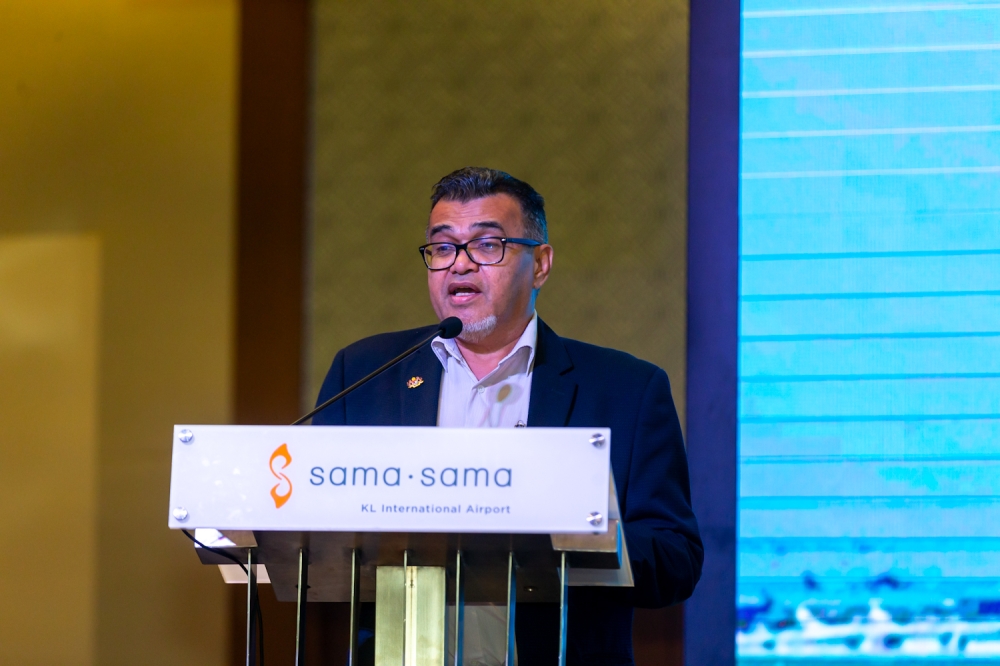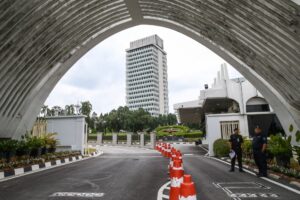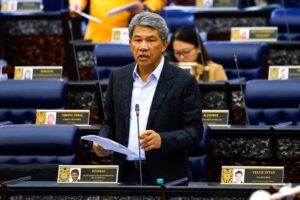SEPANG, Nov 10 — The China–Malaysia Port Alliance (CMPA) should continue to grow as a hub for innovation, where ports work together to develop smarter technologies, automation solutions and green energy initiatives, said Deputy Transport Minister Datuk Hasbi Habibollah.
He said stronger collaboration within the alliance would help drive digital transformation, improve efficiency and support the move towards a more sustainable and low-carbon maritime sector.
“Over the past decade, CMPA has served as a vital platform for dialogue, business networking and technical cooperation, enabling our ports to learn from each other and strengthen maritime connectivity together.
“Looking ahead, it should continue evolving into a living laboratory for innovation, a space where member ports collaborate on advancing smart port technologies, automation solutions and green energy initiatives,” he said in his speech at the CMPA 6th Annual Meeting 2025 here today.
He said since its formation under China‘s Belt and Road Initiative in 2015, CMPA has become a model of international cooperation, driving the development of smart, sustainable and future-ready ports.
Through the alliance, he said the ports continue to strengthen business linkages and operational excellence, paving the way for deeper collaboration in technology, logistics and green port initiatives.
Citing the United Nations Conference on Trade and Development (UNCTAD) Review of Maritime Transport 2025, he said global seaborne trade expanded to 12.72 billion tonnes in 2024, while containerised trade volumes reached 170 million twenty-foot equivalent units (TEUs).
As global trade continues to expand, he said China maintains its leading role in the maritime sector, with six of its ports ranking among the world’s top ten.
“Shanghai Port, in particular, remains the busiest container port globally, handling 51.5 million TEUs in 2024. Malaysia’s ports have also demonstrated resilience and competitiveness within this evolving landscape.
“In 2024, Port Klang handled 14.64 million TEUs, ranking as the world’s tenth busiest port, while the Port of Tanjung Pelepas recorded 12.25 million TEUs, placing it fifteenth globally,” he added.
On the East Coast, he said Kuantan Port is reported to be on track to achieve an annual throughput of 50 million tonnes.
Meanwhile, in East Malaysia, ports including Sabah Ports, Bintulu Port and Kuching Port are continuing to develop niche cargo handling capabilities and support regional industry growth, contributing to balanced and inclusive maritime development across the country.
Hasbi also highlighted that the CMPA represents more than just a trade partnership, saying it reflects the broader friendship and shared values between Malaysia and China.
He added that Malaysia’s multicultural identity, where diverse racial and religious traditions coexist harmoniously, embodies the same spirit of openness and mutual understanding that underpins Malaysia–China relations.






